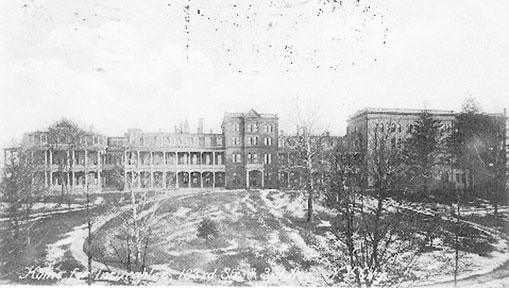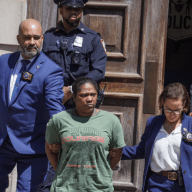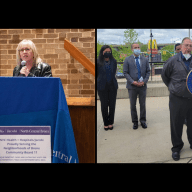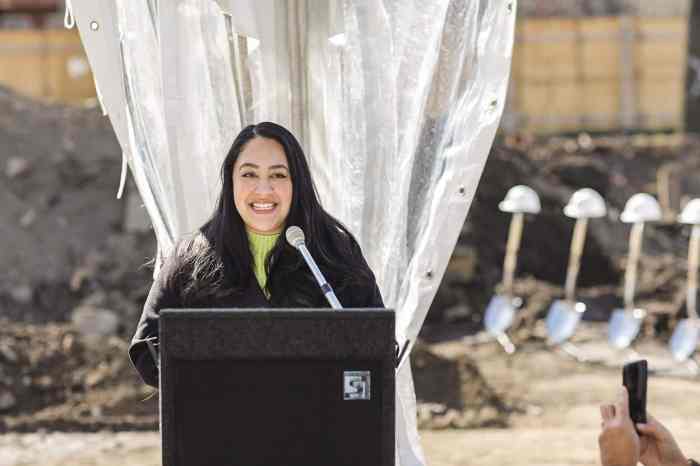The hospital soon outgrew its small quarters in the mansion and Catherine Lorillard Wolfe generously donated ten acres of land off today’s Third Avenue between 181st and 184th Streets where a new facility was soon erected. Miss Wolfe was among the richest women in America and maintained a beautiful estate in Throggs Neck off the east side of today’s East Tremont Avenue between Randall and Schley Avenues. The cornerstone to the new hospital was laid on June 11, 1873 by Right Reverend Horatio Potter, D. D. and the new facility was capable of caring for 280 patients. There was an annual Board of Managers meeting in West Farms the following day, so numerous clergymen were in attendance including Rev. W. T. Wilson of King’s Bridge and Rev. T. Gallaudet, Rev. H. Potter along with Bishop Potter, all of whom participated in the ceremony.
The hospital was enlarged in 1904 to care for over 300 patients, approximately one third of which were charity cases. The new facility had a chapel, library, sunlight parlor, billiard room and even a smoking room. Interestingly, approximated two percent of the inmates were cured while some others were discharged to their family’s care. The hospital has since become known as St. Barnabas and still serves the area. It is a 461-bed non-sectarian facility and a level 1 trauma center.

























